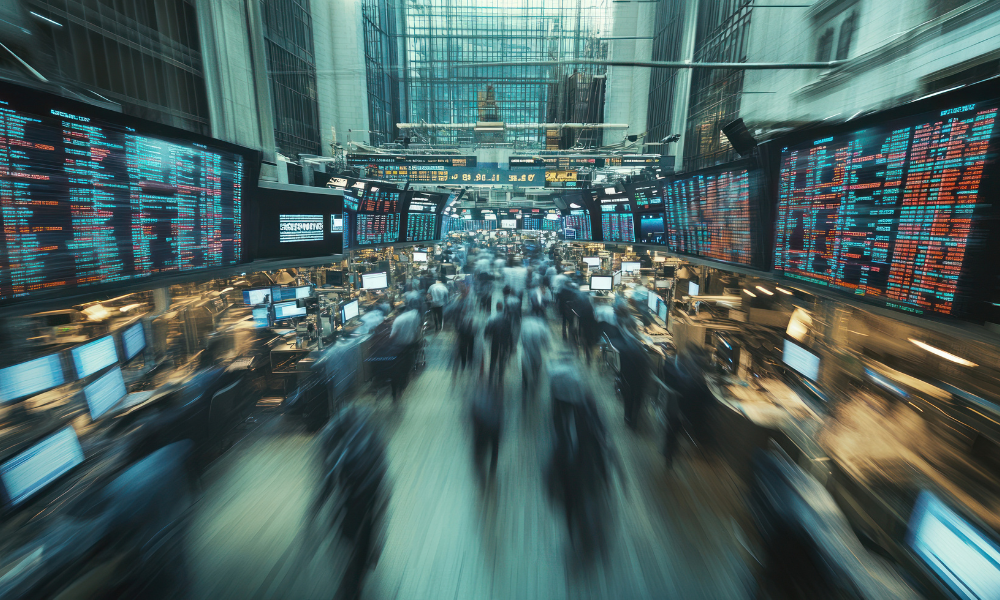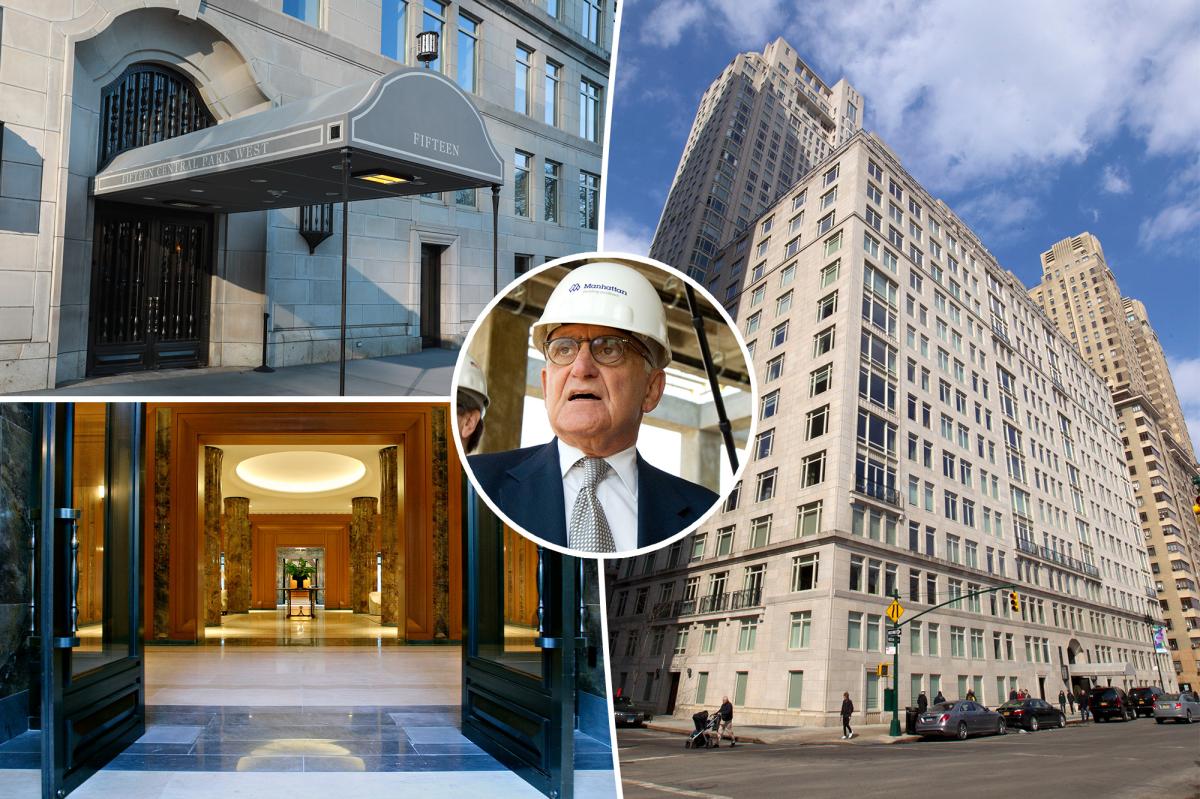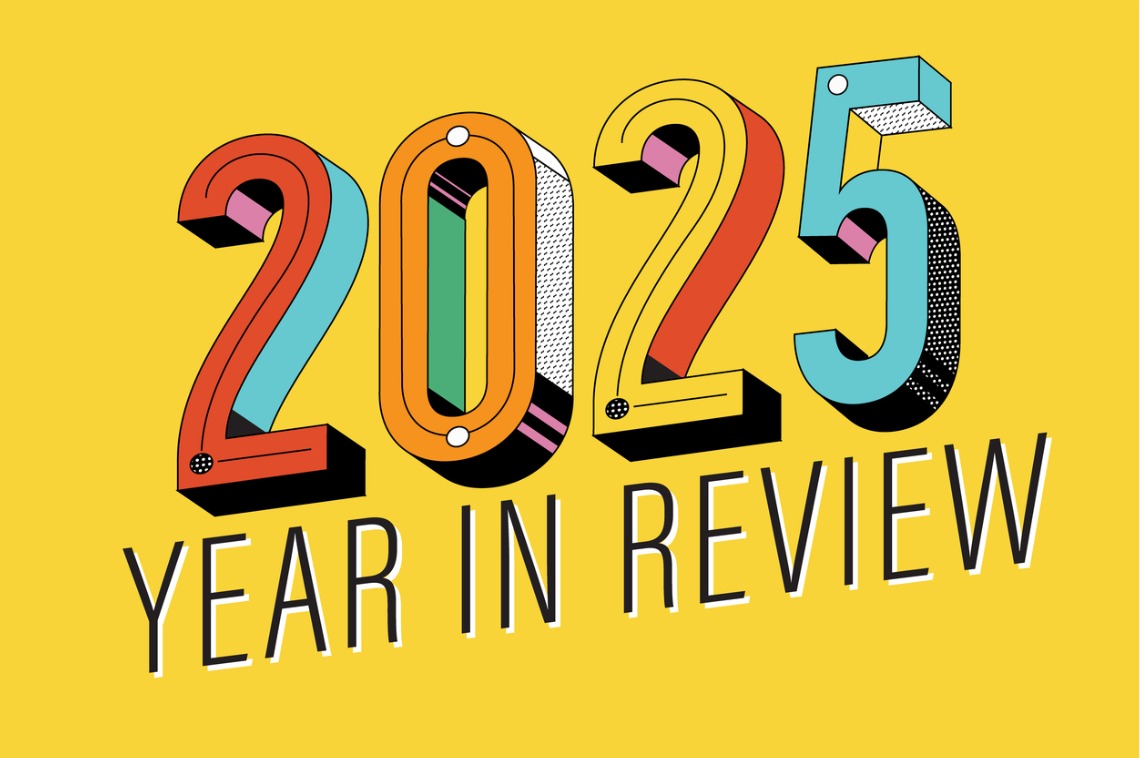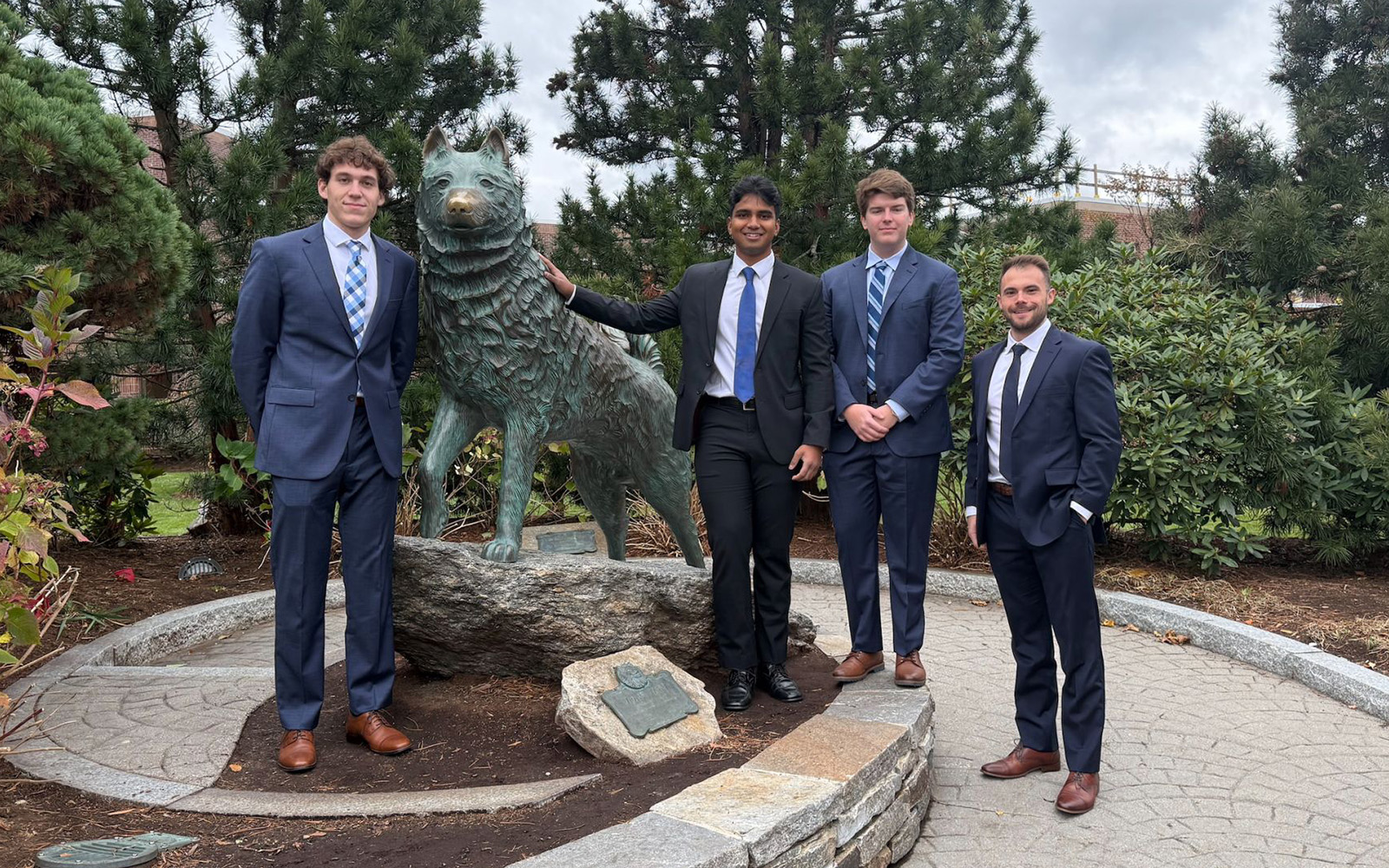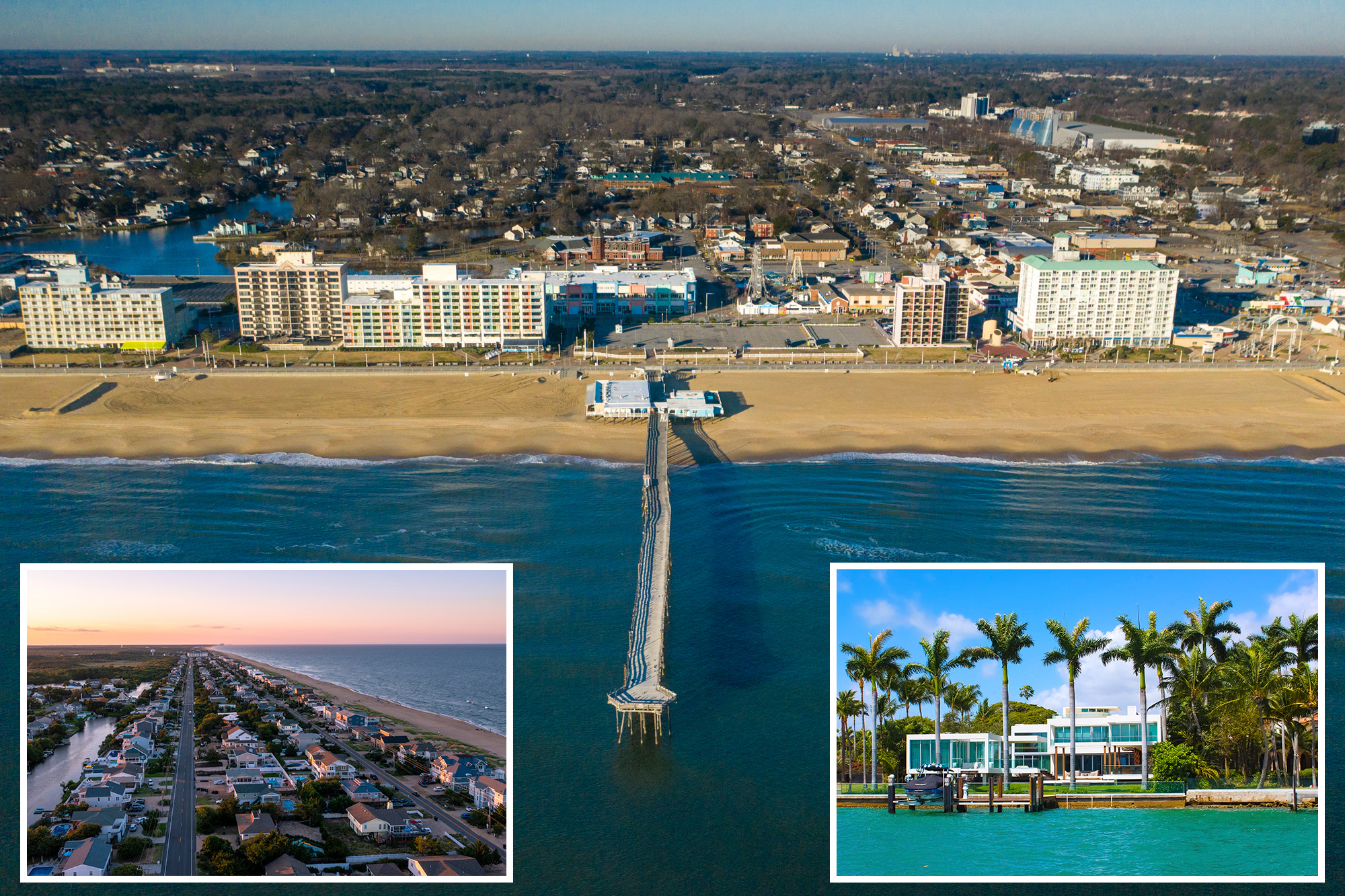T
he US life sciences development bubble burst at the start of 2024, leaving a trail of vacant space and declining rents in its wake. However, signs of recovery are emerging for the new year. The biotech, lab, and research & development space market has been on a five-year rollercoaster ride, with rapid growth outpacing demand.
A record 20.5 million square feet of life sciences space was added to the national inventory in just 12 months, but total net occupied space actually declined by 200,000 square feet. The growing sublease space is a major concern, with JLL reporting that tenants added over 3 million square feet of sublease space from summer 2023 to summer 2024.
The national lab availability rate has risen to 30%, making it unsustainable for the asset class. By year-end, the US could have around 45 million square feet of vacant space, with more potentially delivering in 2025. The situation was exacerbated by flash developments being added in major hubs without tenants.
Alexandria Real Estate, the nation's largest life sciences-focused REIT, has been unloading billions of dollars' worth of its real estate and suffering significant losses. Lease terms and rents are expected to continue deteriorating over the next year, but experts believe the drop may have finally reached its bottom.
Michelle Westoby, senior vice president at JLL, notes that tenant demand is up, and deal volume has increased by 14% year-over-year. Venture capital funding, a key indicator of lab space demand, saw a 34% increase in the first half of 2024. More venture capital firms are entering the market, bringing funding levels back above historical averages.
The biotech sector is sensitive to interest rates, and the Federal Reserve's easing of borrowing costs has triggered a recovery in investments. Daniel Maldonado, managing director at Unispace Life Sciences, expects more money to flow into startups and biotech companies, leading to increased real estate investments.
San Diego is expected to be one of the first hubs to recover due to its relatively lower amount of space compared to Boston and San Francisco, as well as its favorable rent per square foot. However, experts caution that a recovery will not occur uniformly across markets, with factors such as biotech equity values, venture deployment, and scientific advancements playing significant roles.
Optimism is growing in other submarkets, but it's expected to take time for the lab market to demonstrate its return to growth. Experts predict that by the end of 2025, we'll start to see more signs of recovery.


